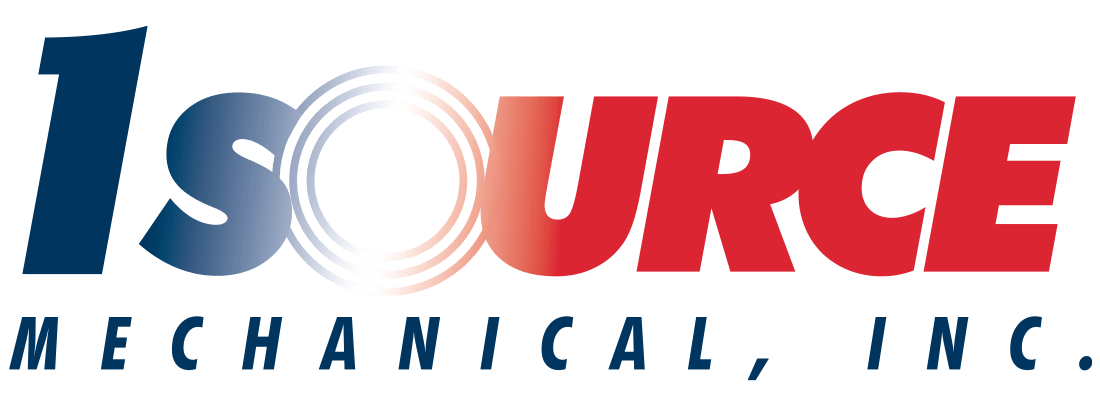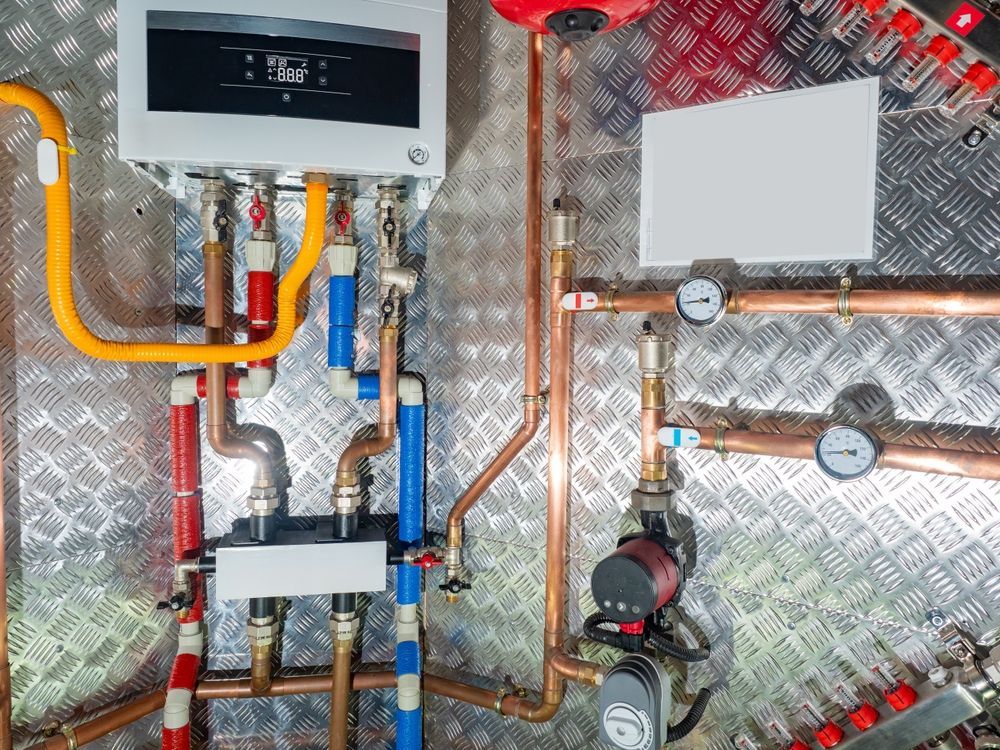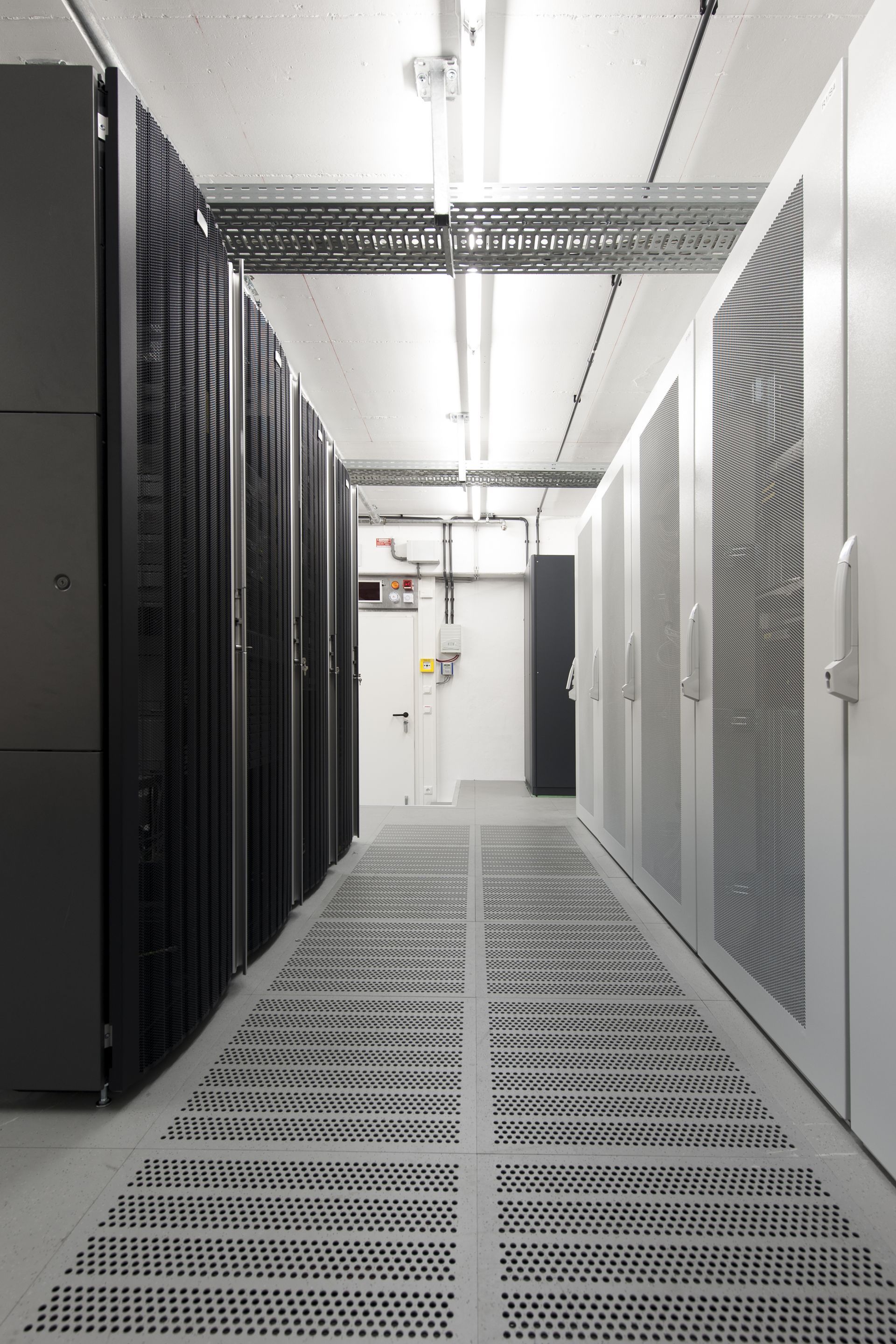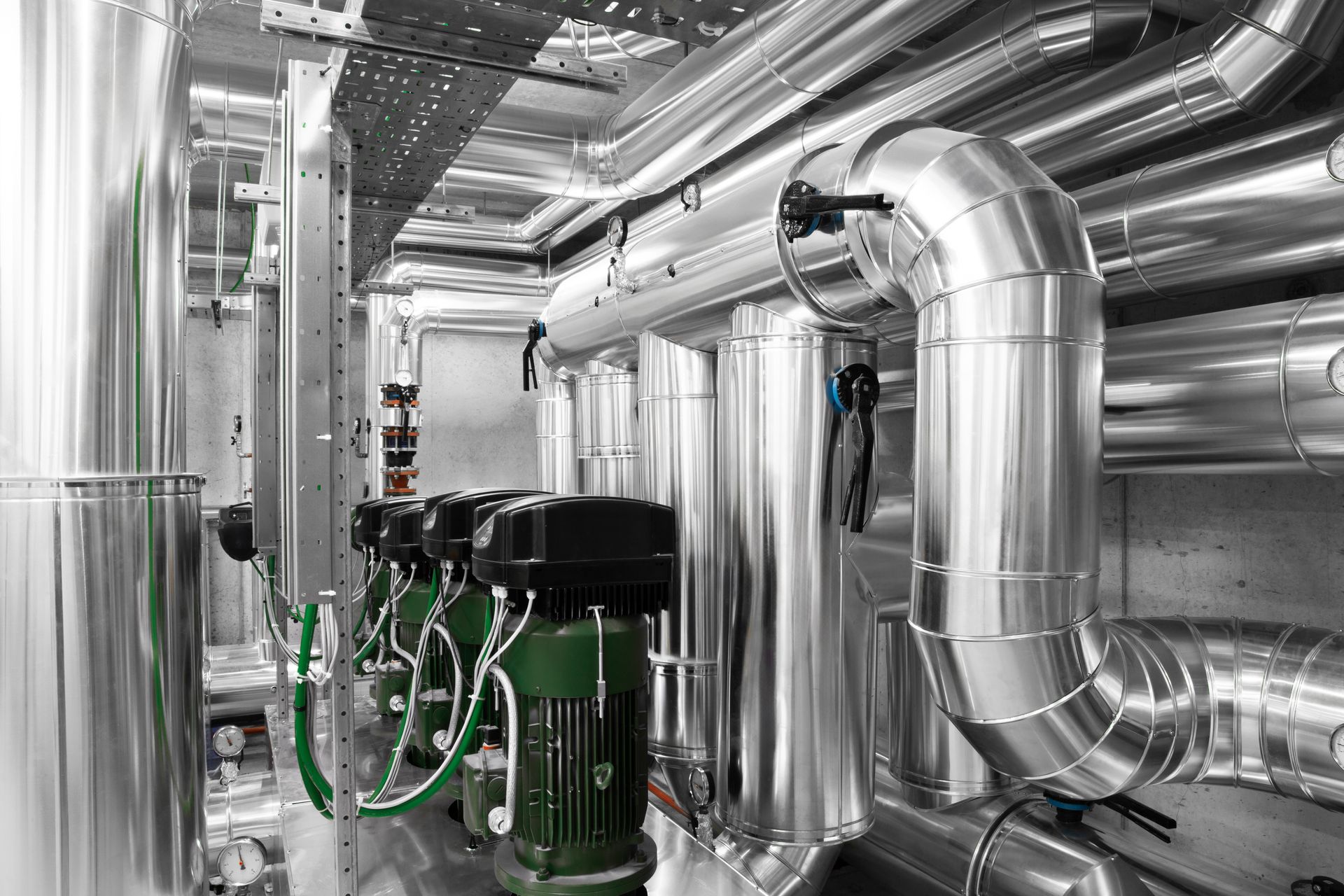What is a VRF HVAC System and How Does it Work?
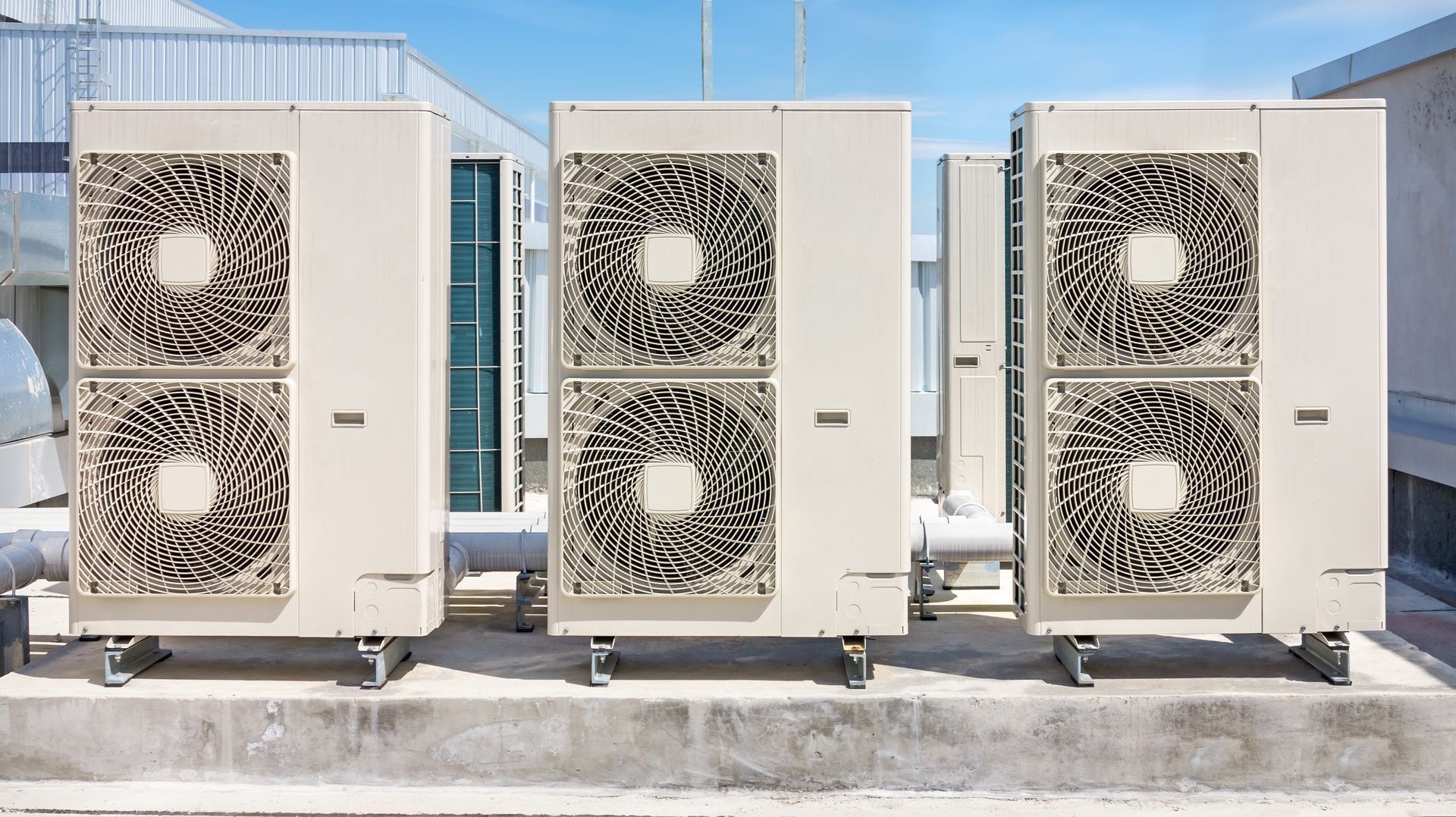
If you're seeking an energy-efficient HVAC system that offers a quick return on your investment, look no further than a variable refrigerant flow system. Also known as a VRF system, this relatively new type of HVAC is growing in popularity across the U.S., thanks to its ability to save on energy costs.
But what, exactly, is a VRF system? Read on to learn how variant refrigerant flow technology works, the best ways to implement it, and how this energy-efficient technology can benefit your commercial property.
Understanding VRF HVAC Systems
Let's start with the basics: What is a VRF system? A variable refrigerant flow system is a type of ductless HVAC that's used in both commercial and residential properties of varying sizes.
As evidenced by its name, this type of system uses refrigerant at varying levels in order to cool and heat a space. To do this, a VRF system uses an outdoor compressor unit and distributes treated ("conditioned") air to multiple indoor zones.
However, VRF systems work a bit differently than other HVAC systems. And though they can be used in many different types of spaces, figuring out if a VRF system is a good choice for your commercial property can be confusing. That's where expert HVAC professionals like those at 1 Source Mechanical come in.
If you've never heard of VRF systems before, you're not alone. While this type of HVAC system has been around for decades in other parts of the word, it started growing more popular in the U.S. in the 2000s, especially because the rules and regulations around energy usage tightened.
Variable refrigerant flow technology comes from Japan, where it was developed in the 1980s. Japanese scientists were trying to figure out a better way to cool and heat large buildings, such as factories. Instead of using multiple compressor systems to heat or cool to multiple indoor units, scientists at the Daikin company discovered a way to vary the volume of refrigerant.
This allowed them to use a single compressor unit, saving energy and money. Along with energy savings, the technology offered flexibility to heat and cool different sized spaces. VRF systems quickly became popular in many countries around the world.
In recent years, VRF technology has advanced rapidly, becoming both more efficient and easier to install. This has led to a growth in popularity, especially among property owners seeking commercial HVAC solutions.
Comparing VRF Systems to Traditional HVAC Solutions
What makes a VRF system different from a standard HVAC system? Most HVACs fall into two general categories: split systems with ducts, or mini-split systems without ducts.
In most cases, a split system uses a compressor unit (often outside), an evaporator unit inside, and a series of ducts to distribute treated air throughout the building. Such systems use refrigerant and water to lower air temperature as it passes over a series of coils.
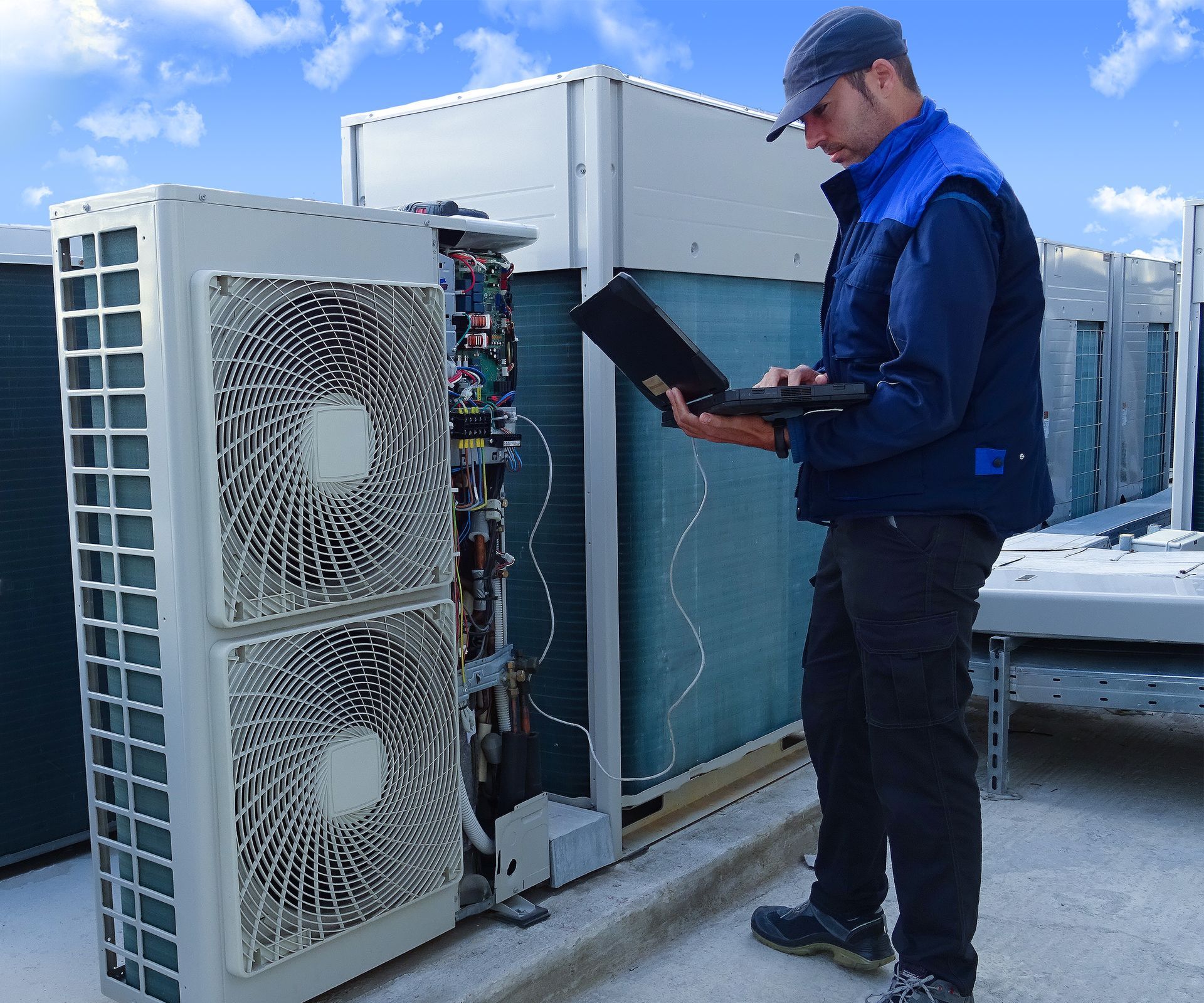
So how is a VRF system different? While a VRF system is ductless, it's not water-based. It uses refrigerant, but not chillers or coils.
Instead, it uses compressors known as inverters. Compression inverters employ responsive technology that responds to outdoor conditions, such as temperature and humidity. This means the unit can run at variable speeds as needed, to save energy.
VRF systems also have multiple air handlers. Lack of ducts means air is distributed through multiple indoor units, usually installed on the ceiling or walls. This allows building occupants to heat or cool based on specific conditions and needs within a room or space.
Benefits of VRF Systems in HVAC Technology
If you're considering HVAC replacement for a new commercial property or a renovation, VRF systems offer a number of benefits. First and foremost, a VRF system provides energy efficiency.
Multiple air handlers mean building occupants can adjust heating and cooling for specific needs within smaller spaces. Refrigerant flow is variable, depending on the specific heating and cooling settings. This decreases energy usage.
The ability to adjust temperature in specific areas doesn't just help lower utility bills. It also increases occupant comfort.
Plus, customizable controls mean specific areas can be both heated and cooled at the same time. This is an important benefit in settings where, for instance, employees work and equipment must be maintained.
VFR systems can be ideal choices for buildings with limited space. They tend to be less bulky, more streamlined, and take up less room than traditional HVAC components. This means VFR can be a good choice for retrofits or renovations.
VFR systems are also easily scalable. This makes sense in both large and smaller spaces. Plus, they're quieter than most traditional HVAC systems, which reduces ambient noise.
Finally, VFR systems are easier to install, thanks to a lack of ducts. Of course, any HVAC equipment requires professional installation. Call the experts at 1 Source Mechanical to learn more about issues related to retrofitting, renovation, and installation.
Applications and Considerations for Implementing VRF Systems in Buildings
What types of buildings can benefit from VFR systems? This technology is a great choice for mixed-use facilities, and other properties that require healing and cooling of a diverse range of spaces.
For instance, an office space may need to be warmer than a retail space. VFR technology allows spaces to maintain a range of temperatures.
They're also a great choice for multi-story buildings. VFR systems make it easier for refrigerants to reach higher floors. When less energy is consumed, utility bills go down.
Finally, VFR systems are a natural choice for hospitality properties. Hotels and resorts need the multi-space capacity that VFR systems offer. Plus, they're quieter and more energy efficient.
If you have questions about VFR systems, 1 Source Mechanical is here to help! Contact us today to learn more about the many benefits of a VFR system and how we can help meet your commercial HVAC needs.
